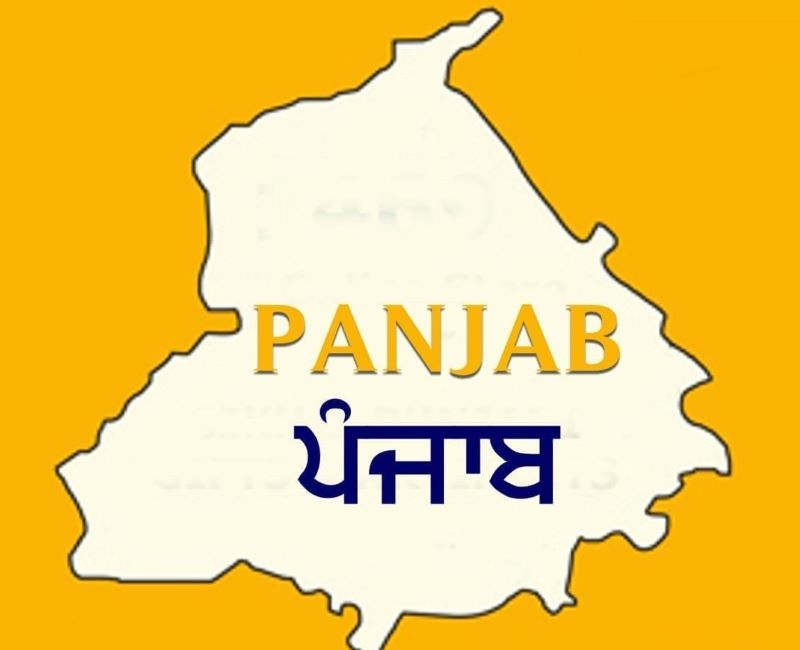 Current Financial Status (2024-25)
Current Financial Status (2024-25)
Current Debt Amount:
The outstanding debt is projected to reach ₹3.74 lakh crore by 2024-25 Mann govt presents Rs 2 lakh cr-plus Punjab budget, outstanding debt likely to touch Rs 3.74 lakh cr, with some reports suggesting it could be ₹3.96 lakh crore by the end of the next financial year Amid piling debt, Mann govt skips Rs 1,100 poll promise to women again. Key Punjab budget highlights. As of January 2024, the total outstanding debt had already reached ₹3.33 lakh crore Punjab raising more loans to meet expenditure as debt burden mounts – The Tribune.
Debt-to-GSDP Ratio: Punjab’s debt to GSDP ratio is the highest among states and has breached the 50% mark Punjab debt crisis worsens even as CM Bhagwant Mann engrosses himself in hosting Arvind Kejriwal, leasing a new aircraft.
New Borrowings: For 2024-25, the AAP government plans to raise an estimated debt of over ₹41,000 crore, apart from banking on ₹55,500 crore through ways and means advances (WMA) Mann govt presents Rs 2 lakh cr-plus Punjab budget, outstanding debt likely to touch Rs 3.74 lakh cr.
Key Financial Challenges
Interest Payments: In the AAP government’s first one-and-a-half years, a significant amount of ₹27,016 crore went into repaying interest on inherited debts ‘Mammoth amount went into interest repayment on debts inherited’: Punjab CM responds to Governor’s Rs 47,000-cr loan query – BusinessToday.
Budget Size: The 2024-25 annual budget is ₹2.06 lakh crore Mann govt presents Rs 2 lakh cr-plus Punjab budget, outstanding debt likely to touch Rs 3.74 lakh cr.
Debt Trajectory: Punjab’s debt is expected to zoom past ₹4 lakh crore in 2025-26, with 86% of new loans going towards repayment of old debt Punjab debt to zoom past Rs 4 lakh crore in 2025-26.
The search results don’t provide specific details about the exchequer balance (cash position), but they clearly show that Punjab’s debt burden has increased significantly from ₹2.73 lakh crore in March 2022 to over ₹3.33 lakh crore by 2024, representing one of the highest debt-to-GSDP ratios among Indian states.
State Disaster Response Fund (SDRF) Financial Analysis 2022-23
Overview and Guidelines
The State Disaster Response Fund (SDRF) serves a specific and limited purpose within the disaster management framework. According to established guidelines, SDRF is to be used exclusively for meeting expenditure related to providing immediate relief to victims of disasters. The fund’s scope is deliberately narrow, and activities such as disaster preparedness, restoration, reconstruction, and mitigation are explicitly excluded from SDRF coverage. These broader disaster management activities must be funded through normal budgetary allocations, State Plan Funds, and other appropriate financial mechanisms rather than drawing from the emergency relief fund.
Financial Position and Fund Movements
The financial position of SDRF as of April 1, 2022, showed a substantial opening balance of ₹8,194.07 crore according to Finance Accounts. During the financial year 2022-23, the fund received significant inflows totaling ₹908.85 crore. This amount comprised ₹208 crore as the Central Government’s share and ₹69.33 crore as the State Government’s contribution for the year 2022-23. Additionally, ₹125.95 crore was transferred as a refund of the previous year’s unspent balance that had been lying with Drawing and Disbursing Officers. The State Government also contributed ₹637.57 crore towards interest payments, though this was reduced by ₹132 crore that was transferred to the State Disaster Mitigation Fund (SDMF).
Fund Utilization and Compliance Violations
Despite the substantial funds available, actual expenditure from SDRF during 2022-23 was relatively modest at ₹61.18 crore, leaving a closing balance of ₹9,041.74 crore as of March 31, 2023. However, this situation revealed a critical compliance failure. The entire balance of ₹9,041.74 crore was lying uninvested in SDRF, representing a direct violation of Government of India guidelines that require proper investment of such funds to generate returns and optimize resource utilization.
The expenditure pattern during 2022-23 also revealed compliance issues. The largest single expenditure item was ₹39.73 crore for gratuitous relief, which is the primary permissible category under SDRF guidelines. Other expenditures included ₹15.66 crore for ex-gratia payments to bereaved families, ₹5.31 crore for assistance in repairs and reconstruction of houses, and smaller amounts for various other relief activities including livestock assistance and irrigation repairs. However, according to SDRF guidelines, only expenditure booked under the specific category 2245-02-101 (Gratuitous Relief) is considered admissible expenditure to be met from SDRF.
Irregularities and Non-Compliance
A detailed analysis of the expenditure reveals that ₹21.45 crore out of the total ₹61.18 crore spent from SDRF was charged to the fund in violation of established guidelines. This non-compliant expenditure represents spending on categories other than the permitted minor head 101, highlighting systematic issues in fund management and adherence to prescribed procedures. The situation was further complicated by the State Government’s failure to transfer ₹277.07 crore (comprising ₹208 crore as Central share and ₹69.07 crore as State share for 2022-23) to the Fund as required, resulting in understated revenue expenditure reporting.
Government Response and Future Considerations
Recognizing these issues, the State Government acknowledged in November 2023 that the matter regarding investment of SDRF funds was under active consideration. This response indicates awareness of the compliance violations but also suggests that corrective measures were still in the planning stage rather than implementation phase. The scale of uninvested funds and the pattern of irregular expenditures highlight the need for systematic reforms in SDRF management, including proper investment protocols, stricter adherence to expenditure guidelines, and regular monitoring mechanisms to ensure compliance with both Central and State financial regulations.